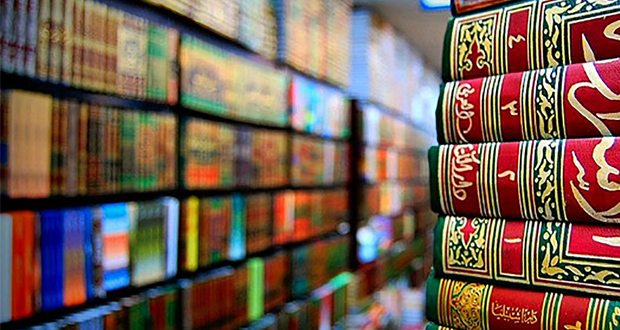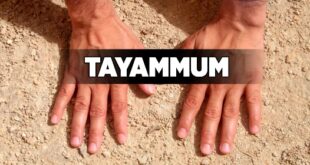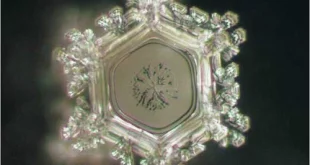One of the delights in exploring Turkey in the 21st century is the plethora of new museums that are springing up all over the country. Turks seem to have discovered the rich wealth of their history, and are proud to show it off to both locals and foreigners. There seems to be a new fascination with the arts and a desire to engage children in the exploration of the world around them.

A gem that I discovered last year was envisioned and financed by Trakya University. Before this, the last time I had visited Turkey’s most northwesterly city of Edirne was in the mid 1990s. The “masterpiece” mosque of Sinan rightly dominated the town, and the Tower of Justice in the Sarayiçi area had been cleaned and restored, but other monuments from the time when the city of Edirne was the capital of the Ottomans were sad and forlorn.
So I was delighted to spend almost a whole afternoon in the newly restored Sultan Bayezid II complex. Only about half of this Ottoman health center has been restored so far, and work is still under way on the large mosque that adjoins this octagonal structure, which stands proud on the banks of the Meriç River.
Not only have the stones and domes been renovated, but great imagination has been applied to bring to life what this amazing medical center must have been like some five centuries ago. When we think of the history of medicine, operations before anesthesia and practices such as blood letting by leeches have left us judging the past as backward.
But here in Edirne was a fully functioning holistic healing center, which was one of the most significant medical, social, cultural and religious institutions of its age. Named after its benefactor, the complex was built by Sultan Bayezid II in 1484. The hospital was originally multi-disciplinary but developed into a psychiatry specialty. While in Europe the mentally ill were often viewed as demon-possessed, at best locked up and at worst burnt at the stake, here in Edirne they were treated with such modern techniques as aromatherapy, aqua therapy and music therapy.
A tableaux of surgeons, head physicians and patients as well as the hospital musicians greet the visitor. The light streaming in through glass panes in the dome of the beautiful octagon, the scents wafting in from the herb garden outside and the strains of the ney (reed flute) and lute soothe your mind and soul, particularly if you drop in to this museum after a busy working week.
Other rooms in the museum are dedicated to the history of medicine in the Islamic world, and it is in this complex, which won Trakya University the honor of the Council of Europe Museum Prize for 2004, that visitors can learn all about Avicenna.
You may have heard his name in connection with the name of a hospital in Turkey, just like Florence Nightingale. Avicenna is the Latinized form of Ibn Sina, an 11th century Persian philosopher and physician who wrote a medical canon and book of healing which was as famous in its day as “Grey’s Anatomy” is today, and was used as a textbook in medical schools across Europe for many centuries.
In his newly published history of Islamic science, “Light From the East,” Boğaziçi University’s doyen physics professor, John Freely, describes Avicenna as “the prince of physicians.” In describing the “al-Qanun fi al-Tibb” (The Canon of Medicine) and the “Kitab al-Shifa” (The Book of Healing), Freely notes that they were written because Avicenna “saw that neither Greek nor Arab had any book that could teach the art of medicine as an integrated and connected subject.”
Freely, who has carried out post-doctorate research into the history of science at Oxford University, was inspired to write this volume because many histories of modern Western science fail to acknowledge the major contribution played by Islamic scientists in the period between the sixth and 11th centuries. When Europe was in the Dark Ages, Islam was experiencing its Golden Age.
Any visitor to Harran near Urfa who comes expecting just to see the beehive houses and to marvel at how people still live in what could be judged as primitive conditions must be confronted with their prejudices when they see the arch and tower which remain from one of the most illustrious universities of mathematics and astronomy.
In a fast-paced overview of the whole history of science from Herodotus to Abdus Salam, the Atomic Energy Commission and the Nobel Prize in 1979, Freely traces the way scientific knowledge was passed from one people to another by way of translations, and then built on and developed by forward thinking discoverers and inventors.
We all know about Greeks such as Archimedes, Pythagoras, Ptolemy and Euclid. These fathers of philosophy, mathematics and science have theorems named after them, and their works are still studied today.
As Europe fell into decline, the pendulum of scientific research swung towards the Persian and Arab worlds. The councils of Nicaea and Chalcedon resulted in many Christians branded heretics moving southeast towards Mesopotamia. There they translated many Greek works into Arabic and became influential as catalysts for the scientific centers that grew in Harran, in Edessa, in Baghdad and in Cairo.
This flowering of scientific knowledge was in a way a rebellion against the Greek ideas that rejected God. Muslim scientists celebrated what to them were marvels they were discovering about God’s creation and reconciled science to faith to create a philosophy appropriate for an Islamic community. Unlike Dawkins and Hawking of the 21st century, who see science as disproving the existence of God, Muslim theology has always sought to embrace scientific discovery as proving details found in holy scriptures.
Freely presents us with a veritable cast of hundreds of Muslim scientists who during a few short centuries contributed their own theorems and research to the world of science. At his introduction we meet hundreds of astronomers, doctors, philosophers, mathematicians, alchemists, geographers, cartographers, physicists and botanists.
These men were enquiring, and their work was astonishingly accurate. At the famous House of Wisdom (Bayt al-Hikma) in Baghdad in the Abbasid period, they calculated the circumference of the earth from observing the phases of the moon to be 24,000 miles. This is only 92 miles different from the true value measured with modern equipment. Battani the Harranite, whom Copernicus later refers to, calculated the actual length of a year to be 365 days, six hours, nine minutes and 12 seconds. Just two seconds out.
During the 11th and 12th centuries, many of these works were translated into Latin and the pendulum swung back to the West, sparking the cultural renaissance that led to modern European science.
One of the greatest of these Western scientists, Sir Isaac Newton, said that “if I have seen further [than Descartes] it is only by standing on the shoulders of giants.” Freely shows us how some of those giants were Muslim scholars based in modern day Turkey, Iran, Iraq and Central Asia.
Post Disclaimer | Support Us
Support Us
The sailanmuslim.com web site entirely supported by individual donors and well wishers. If you regularly visit this site and wish to show your appreciation, or if you wish to see further development of sailanmuslim.com, please donate us
IMPORTANT : All content hosted on sailanmuslim.com is solely for non-commercial purposes and with the permission of original copyright holders. Any other use of the hosted content, such as for financial gain, requires express approval from the copyright owners.
 Sri lanka Muslims Web Portal Sri Lanka Muslims News Center
Sri lanka Muslims Web Portal Sri Lanka Muslims News Center



